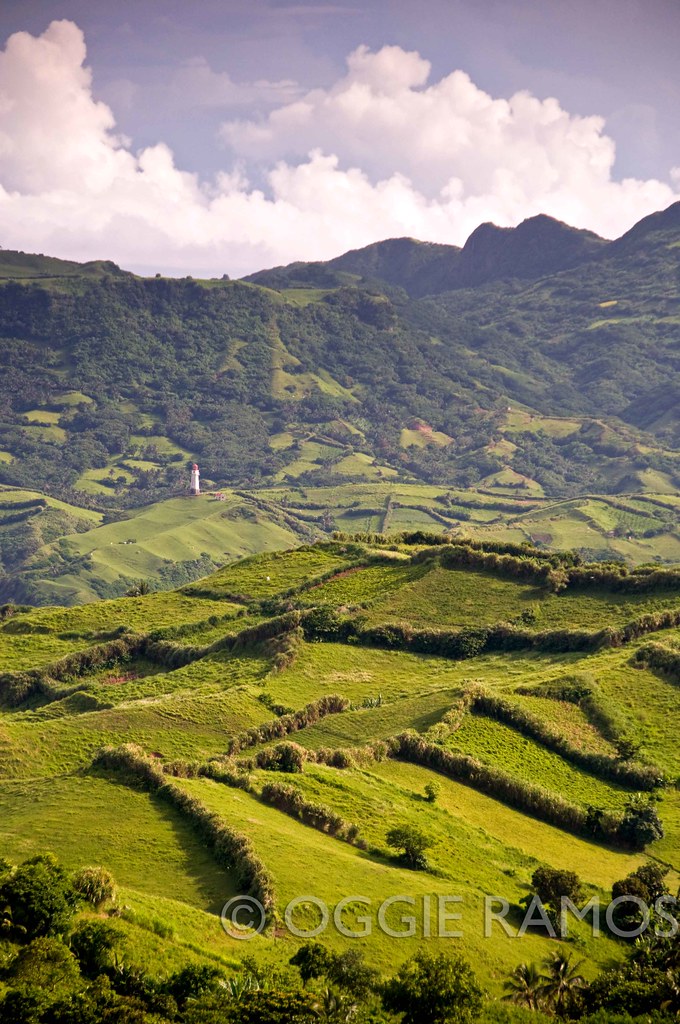 |
| Find the lighthouse amidst the rolling terrain of Mahatao |
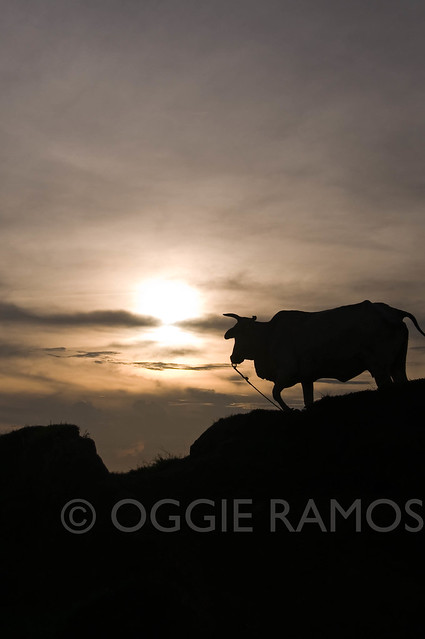 The Batanes islands -- some of which are closer to Taiwan than the Philippines -- are so remote that it's easy from Manila to forget they even exist. Direct flights to the town of Basco have made the islands reasonably accessible from the capital, but they still retain a quality of isolated other worldliness that make them feel like the land that time forgot. The province is often hit by typhoons that blow in from the east during the rainy season. In the dry season it's hot and sunny, but not as blisteringly hot as Manila or the Philippines' mainland. As the plane sweeps in to land, you get a glimpse of the drama below: waves crashing on rocks, a cow perched precariously on a cliff's edge, the runway sloping upwards towards the flanks of volcanic Mt. Iraya.
The Batanes islands -- some of which are closer to Taiwan than the Philippines -- are so remote that it's easy from Manila to forget they even exist. Direct flights to the town of Basco have made the islands reasonably accessible from the capital, but they still retain a quality of isolated other worldliness that make them feel like the land that time forgot. The province is often hit by typhoons that blow in from the east during the rainy season. In the dry season it's hot and sunny, but not as blisteringly hot as Manila or the Philippines' mainland. As the plane sweeps in to land, you get a glimpse of the drama below: waves crashing on rocks, a cow perched precariously on a cliff's edge, the runway sloping upwards towards the flanks of volcanic Mt. Iraya.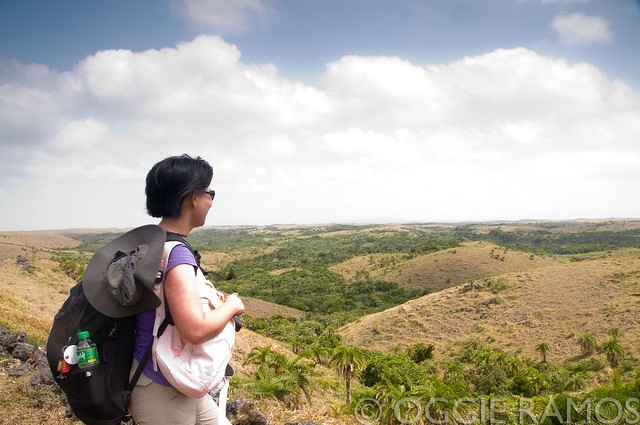 |
| The lay of the land in Itbayat |
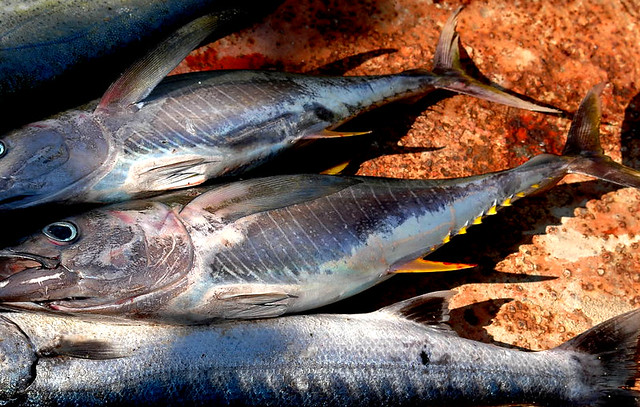 |
| Bounty fresh from the sea |
Over breakfast of dried flying fish, I remember owner Dely Millan showing me three magazines where the inn has been featured; one of them had a picture of actor Richard Gomez holding a huge yellow fin tuna. I was reminded of the movie he made here with actress Dawn Zulueta, Hihintayin Kita sa Langit, which in English means I will wait for you in heaven, the first film shot in this locaiton.
It is no surprise Batanes is popular with filmmakers. While Batanes is increasingly becoming popular with tourists -- there are now three carriers operating to Batanes from Manila -- it still retains an untouched charm. Travel through the hills of Vayang, Naidi and Rakuh-A-Payaman, an area known as "Marlboro country" because of its cattle and horses and you'll know what I mean. At Valugan explore the boulder beach and ancient windmills.
If you need a local guide to go around the island, call Joaquin Cantor (+63915 5552747). Get him to take you to Loran Station, the setting that formed a dramatic backdrop for the movie Hihintayin Kita sa Langit. We were told this was where the Filipino version of Wuthering Heights was shot.
In Songsong, a barrio at the southern part of Batan Island, check out the Ivatan limestone house where actress and local celebrity Iza Calzado stayed during the filming of the movie Batanes. Well, what makes the house special now's plain and simple: Calzado made it her home during the duration of the shoot.
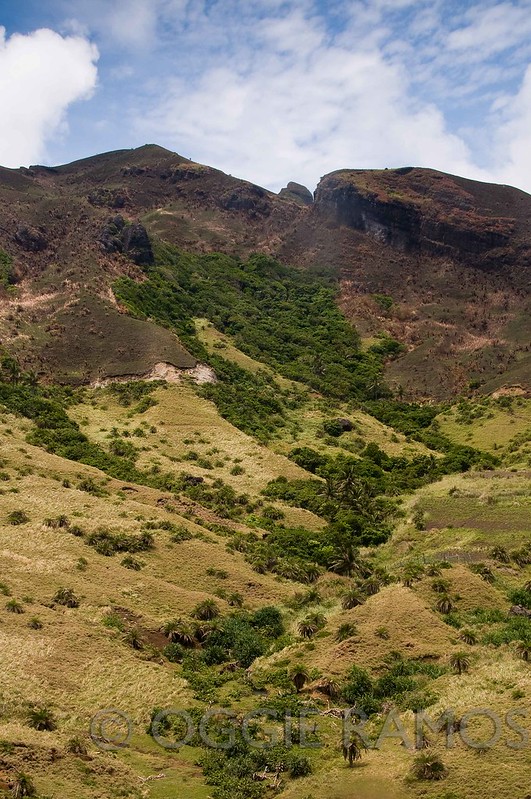 |
| Awe-inspiring landscape of Tiñan in Sabtang Island |
Before the Spaniards arrived in the Philippines, the indigenous people of Batanes, the Ivatans, built their houses largely from cogon grass, designed to protect against strong winds. The Spaniards introduced large-scale use of limestone and ever since it has been used to build dwellings designed to stand up to the harsh Batanes environment. The houses may be built the traditional way, but not everything in Batanes is as it used to be. In one limestone house I caught a glimpse of a flatscreen TV; in another there was a microwave oven. Many Ivatans, it seems, are beginning to reap the benefits of flights from Manila.
Life for many Ivatans remains pretty hard. They cultivate the slopes of the province's rolling hills to produce sweet potato, yam, maize, patola (loofah or sponge gourde) and eggplant. It's enough for their own needs plus a bit more to barter for necessities. For tourists, there's not much to buy except flavorful garlic, shallots and tupak, native abaca hemp slippers that cost about P250/pair from the Chavayan Village cooperative. Vaculs, the strange headpieces worn by Ivatan women to protect themselves from the heat and the rain as they work in the fields, are made from the voyavoy palm. Vaculs cost anywhere from P400 to P700, depending on whether you buy them in Chavayan or Basco. Each vacul is handwoven and takes three days to make.
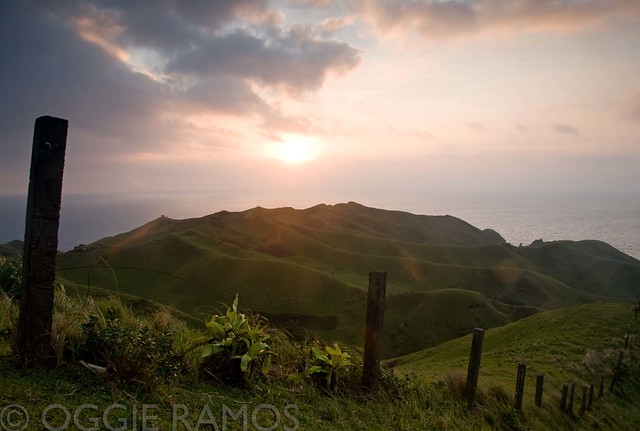 |
| Sunset at Vayang |
In Savidug, I met Lola Deling Servillon, 66, who had negotiated, like a seasoned lawyer, the terms of renting out her home to tourists wanting homestays in a traditional Ivatan home. The house has been with her husband's family for five generations now, and looks capable of withstanding the storms of many generations more. Lola Deling said she did not think her daughter, to whom they have bequeathed their home, would mind that she has rented out the house.
In Basco, if you have time, check out the Honesty Coffee Shop in the municipality of Ivana, reputed to serve the best palek, a strong local brew made from cane sugar.
The coffee shop earned its name because it's usually not staffed, so everyone is expected to leave money for whatever they take. Treat yourself to a cold bottle of Coke but remember to drop the exact change into a slot in the counter. It spoke volumes about the Ivatans, who still live the kind of life where everyone knows everyone and people leave their doors open for anyone to come in. If someone loses something, all he or she has to do is announce it over the community radio station and the lost item will usually find its way back to the owner.
I could believe it. On my last visit in Batanes, I went to Casa Napoli, a Basco restaurant that now stands in Brgy. Kayhuvokan. I asked a passersby for directions and not knowing where it was himself, he asked other people until he found someone who pointed us in the right direction. The man, who was walking in the opposite direction from where I was going went out of his way to take me, a lost tourist, right to Casa Napoli's doorstep.
Seeking some respite from the hot sun, I dropped my things on a table and sat down. Restaurant owner Xavier Mirabueno, a former ship engineer, was around and I got served a cold Coke Zero. Xavier's assistant sad I was not to leave Batanes without tasting their pizza. So I challenged Xavier to make me a pizza with the islands' sharp-tasting garlic and real mozarella cheese and olive oil, rare ingredients in this part of the world. He smiled and picked up the dough from a bowl, slapped it on the counter, kneaded, rolled, cut, and tossed it. The pizza, like my days in Batanes, was perfect.
Attribution: This article written by Andrea Pasion-Flores first appeared in InFlight Magazine in September 2008, updated for the February - March 2013 issue.
